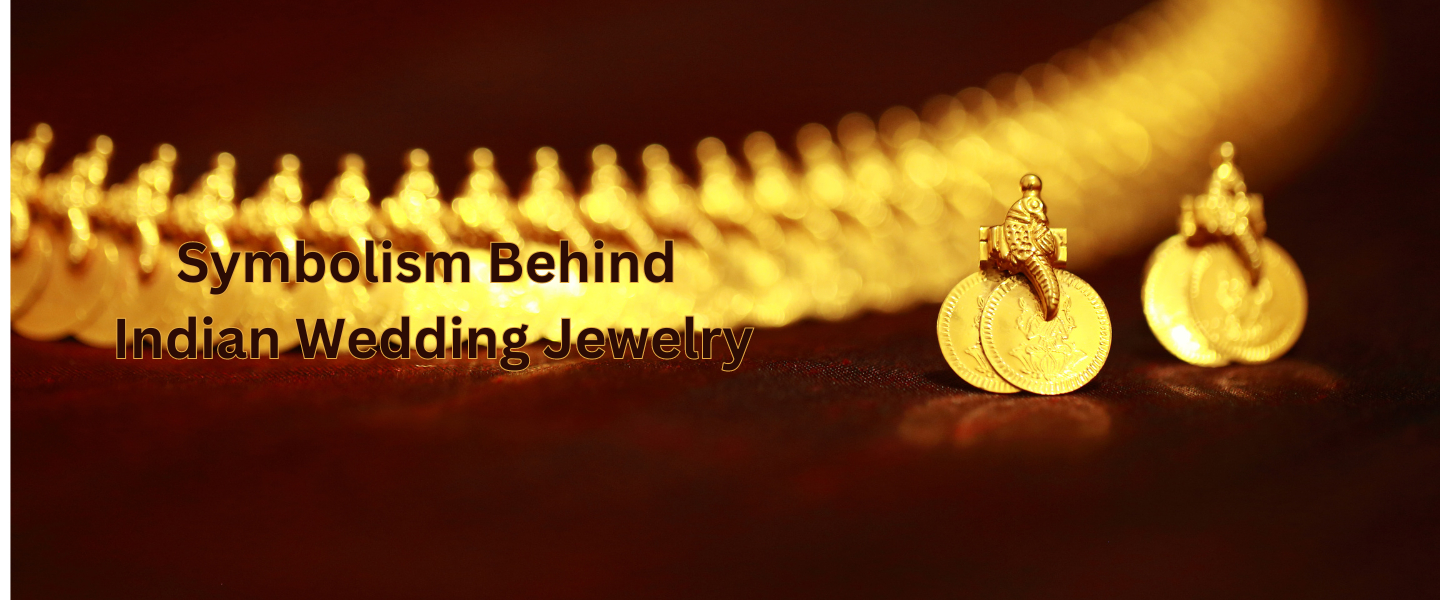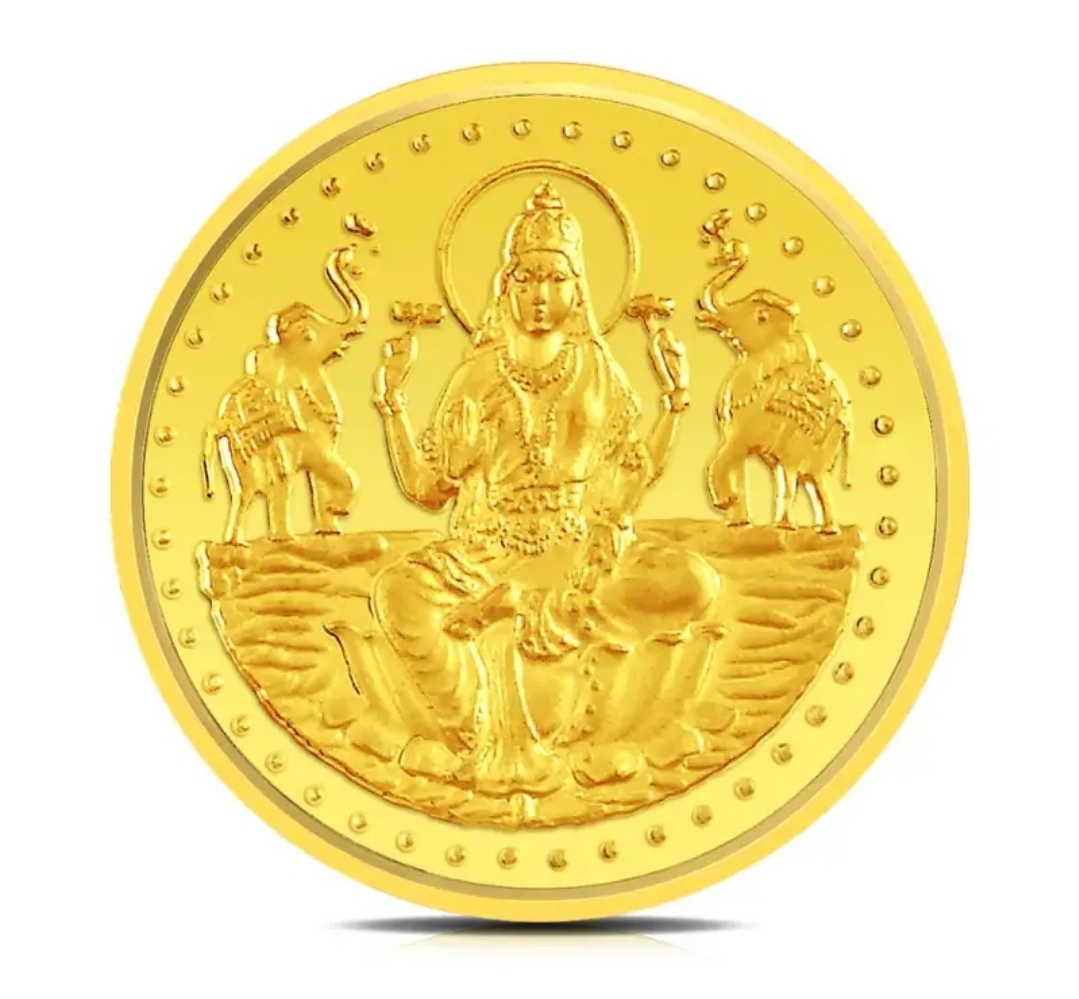Introduction
Indian weddings are not just celebrations; they are an embodiment of rich cultural heritage, steeped in symbolism and tradition. Central to this ceremonial splendor is the adornment of the bride with exquisite jewelry, each piece carrying profound meaning and significance. In this exploration, we delve into the profound symbolism behind Indian wedding jewelry, decoding the hidden messages and cultural nuances that these ornate pieces convey.
Thaali: The Sacred Symbol of Marriage
At the heart of Indian matrimonial customs lies the thaali, a sacred necklace symbolizing the bond of marriage. Originating from the Tamil word “thaali” or “thirumangalyam,” this emblematic ornament is more than just a piece of jewelry; it signifies the eternal union between husband and wife. Across diverse regions of Tamil Nadu, the thaali takes on various forms, reflecting unique cultural aesthetics and beliefs. From the intricate designs of the Kongu region to the elaborate patterns of Tanjore, each thaali carries the essence of tradition and marital bliss. In modern times, the thaali has evolved to encompass contemporary styles while preserving its timeless symbolism, serving as a reminder of commitment and devotion.
Netti Chutti: Enhancing the Bride’s Beauty
Among the array of bridal adornments, the “Netti Chutti” or “Netti Pattam”. holds a special place, adorning the bride’s forehead with elegance and grace. With origins dating back centuries, the Netti Chutti not only enhances the bride’s beauty but also holds symbolic significance. Positioned at the center of the hairline, this ornament is believed to activate the third-eye chakra, invoking blessings for marital bliss and prosperity. Available in a myriad of designs and materials, from traditional gold to contemporary diamonds, the Netti Chutti seamlessly blends tradition with modernity, becoming a timeless emblem of bridal adornment.
Natham: A Traditional Adornment
The natham, or nose ring, is a quintessential adornment in Tamil bridal jewelry, steeped in cultural significance and tradition. Worn predominantly by brides in Tamil Nadu, the natham symbolizes femininity, marital status, and auspiciousness. With its intricate designs and embellishments, the natham adds a touch of regal splendor to the bride’s ensemble, accentuating her features with elegance. Over the years, the design of the natham has evolved, reflecting changing fashion trends while retaining its inherent symbolism, making it a cherished heirloom passed down through generations.
Valayal: Significance and Tradition
Valayal, or bangles, hold immense cultural significance in Tamil weddings, symbolizing marital bliss, fertility, and prosperity. Traditionally worn by Tamil brides, valayal comprises a set of gold bangles adorned with intricate designs and embellishments. The ritual of wearing valayal is accompanied by ancient customs and blessings, marking the bride’s transition into married life. In modern times, valayal has evolved to incorporate contemporary designs and materials, yet it remains a cherished symbol of marital tradition and feminine grace.
Salangai: Music to the Feet
Salangai, known as anklets in English, are not just ornamental adornments but also carriers of cultural symbolism and tradition. In Tamil mythology, salangai are associated with goddesses and celestial beings, symbolizing beauty, grace, and femininity. Worn around the ankles, salangai produce melodious sounds with every step, creating a rhythmic symphony that celebrates the joy of marriage. Crafted from precious metals like silver and gold, salangai come in various designs, from simple chains to intricately embellished patterns, reflecting regional aesthetics and personal preferences.
Metti: A Symbol of Marriage
Metti, or toe rings, are an integral part of Tamil bridal jewelry, symbolizing marital status and commitment. Traditionally worn on the second toe of both feet, metti hold deep cultural significance, signifying the union of husband and wife. Embedded with precious stones and intricate designs, metti are believed to enhance fertility and promote well-being. While rooted in tradition, metti have evolved to encompass contemporary styles, becoming a fashion statement for modern brides while retaining their timeless symbolism.
Oddiyanam: Grace and Elegance
The oddiyanam, or waist belt, is a traditional Tamil ornament worn around the waist, accentuating the bride’s curves with grace and elegance. Crafted from precious metals like gold and silver, oddiyanams are adorned with intricate designs and embellishments, symbolizing femininity, beauty, and marital bliss. With origins rooted in ancient Tamil culture, oddiyanams have transcended time and fashion, remaining a timeless adornment in bridal jewelry. Whether worn with traditional attire or contemporary ensembles, the oddiyanam adds a touch of regal splendor to the bride’s ensemble, symbolizing the eternal allure of Tamil tradition and the timeless beauty of love.
As you embark on your journey to adorn yourself in the timeless beauty of Tamil wedding jewelry, let J Mittalal Thanga Maligai (JMT) Perambur be your trusted companion. With over 92 years of legacy in crafting authentic and traditional pieces, JMT is committed to offering you exquisite treasures that not only honor tradition but also embody elegance and grace. Explore our collection today and let us be a part of your cherished moments, adding a touch of heritage to your special day.


